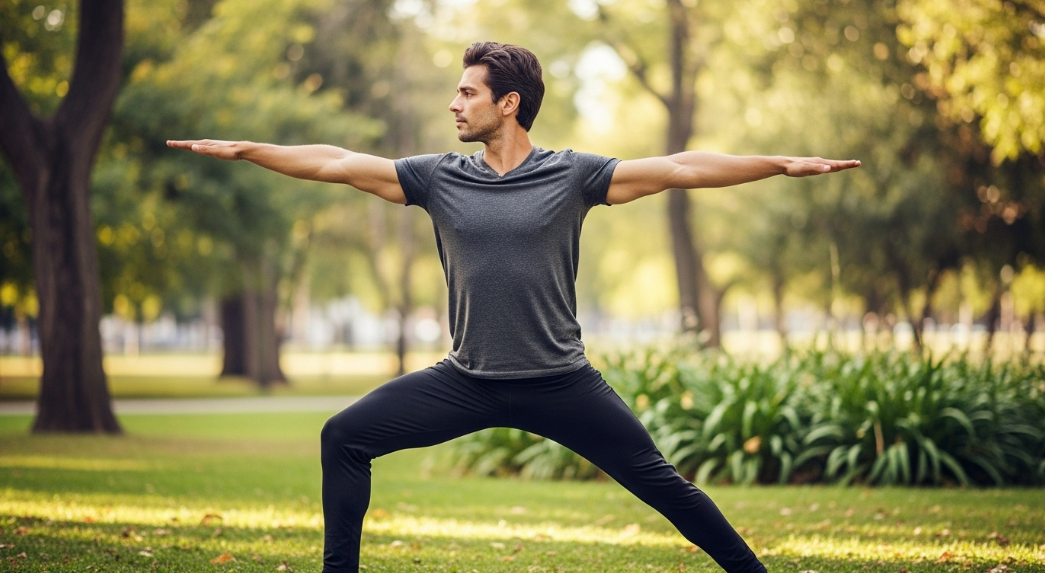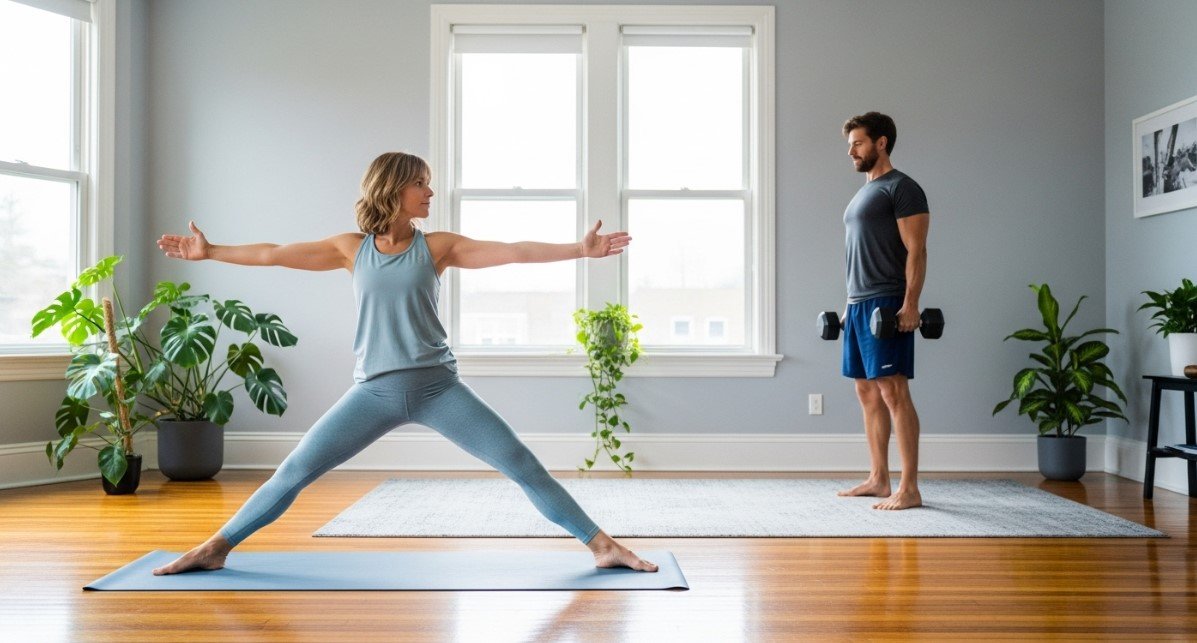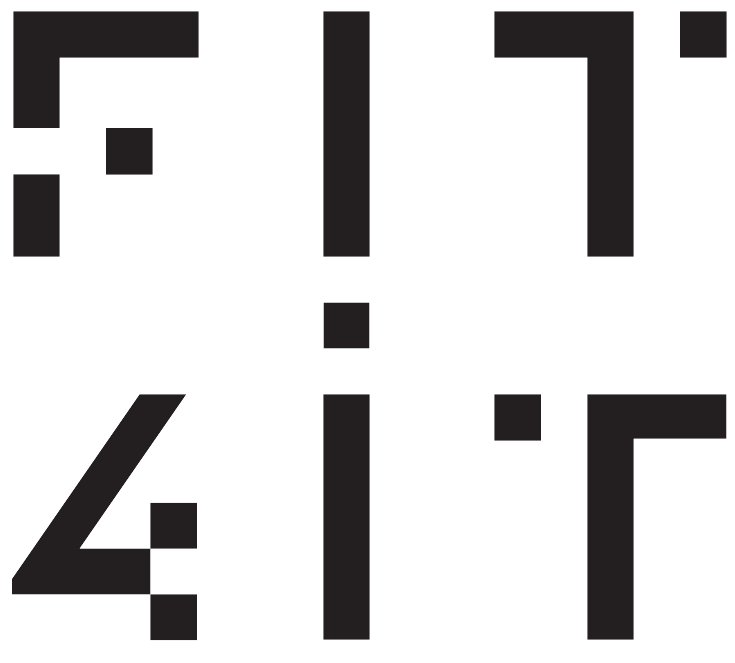The choice between yoga and strength training is not about which is universally “better,” but which is better suited to your specific fitness goals. Some prefer yoga’s benefits, such as flexibility and mobility, along with mindfulness. Others favor strength training for muscle growth and metabolism boost. Although both help people improve their fitness, each serves different outcomes.
You can learn which one aligns with your fitness goals by going through this detailed guide:
When Yoga Is Better
Yoga excels in developing flexibility and mindfulness while offering mild to moderate strength gains. Different poses in yoga, such as Vinyasa or Power yoga, can gently raise the heart rate and build muscle endurance through bodyweight holds. According to a PubMed study on older adults, yoga matched stretching-strength training in improving flexibility and functional fitness in just eight weeks.

Yoga helps with mindfulness
Moreover, yoga strengthens stabilizer muscles and improves brain-body awareness by holding positions for extended periods. In the following situations, yoga might be a better-suited option for you:
- You struggle with mobility or tight muscles.
- You want stress relief and better breathing.
- You have joint issues or need low-impact workouts.
- You need to enhance balance and proprioception.
- You prefer mindful and holistic routines.
When Strength Training Is Better
Strength training uses external resistance to overload muscles for growth and bone density gains. It allows load adjustments via weights or machines to adjust for appropriate resistance. Furthermore, progressive overload drives muscle hypertrophy and neurological strength adaptations. Apart from that, it improves metabolism and fat loss long after the workout ends.

Strength training is better for muscle building
Higher intensity training also enhances tendon and ligament resilience. Even with all these benefits, it can prove to be heavier on your joints and requires proper form and recovery to avoid injuries. Strength training is better than yoga when:
- You aim to build muscle size or strength.
- You’re recovering bone mass or preventing osteoporosis.
- You want a stronger metabolism and body composition.
- You have goals in sports or power activities.
- You enjoy measurable progress and induced load.
Yoga Vs. Strength Training: Detailed Comparison
You can better learn which exercise mode you should prefer by comparing them side-by-side:
| Goal | Yoga | Strength Training |
|---|---|---|
| Flexibility | Great for stretching tight muscles and improving how your body moves | Can help a little, but not the main focus |
| Stress Relief | Calms the nervous system through breath and mindfulness. Reduces cortisol and anxiety. | Also helps, but mostly through physical exertion and endorphins |
| Build Muscle | Builds light strength using your body weight | Best for building visible muscle and strength |
| Lose Fat | Burns moderate calories and lowers stress | Burns more calories and continues burning after workout |
| Joint Health | Easy on the joints and helps with pain or stiffness | Strengthens joints but may stress them if done incorrectly |
| Better Posture | Improves alignment and body awareness | Strengthens core and back to support good posture |
| Bone Strength | Helps a little with balance and control | Increases bone strength through lifting weights |
| Sports Performance | Improves balance and focus | Builds power, speed, and physical strength |
Yoga Limitations
Yoga also has some limitations, such as its bodyweight approach, which has limits on progressive overload. As your strength increases with yoga, further gains will require more resistance. Additionally, yoga underutilizes posterior chain development if it lacks pulling phases like rows or deadlifts.

Yoga might not work your lower body
Apart from that, many poses neglect lower-body or maximal strength demands. Hence, while yoga enhances movement, it may not provide full musculoskeletal development for active or aging adults. Further drawbacks include:
- Limited muscle hypertrophy potential.
- Minimal load for bone strength adaptation.
- May not sufficiently challenge dense forms of strength.
- Needs supplementation with lifting or bands.
- Effectiveness depends on style intensity.
Additionally, while you can do basic poses by learning them online, reaching advanced levels requires assistance from professional trainers. If you are in Dubai, you must check out Fit4it’s professional yoga trainers, as they can help you reach your desired goals with yoga.
Strength Training Drawbacks
Like yoga, strength training has downsides if you don’t follow this training method properly. Heavy lifting can put more pressure on joints and fascia when recovery or mobility is neglected. It also offers less flexibility improvement, which can decrease the range of motion if not balanced with stretch or mobility work.

Strength training is more prone to injuries
Similarly, mental pressure may increase if workouts are too linear or focused only on metrics. Another drawback is that beginners may face injury risks due to improper technique. That’s why balance and recovery are key, which only comes by working under the guidance of a certified personal trainer. Otherwise, you can face these common risks:
- Increased injury potential if the form is weak.
- Less mobility without stretching or yoga.
- Harder on joints vs low-impact options.
- Plateaus occur if training lacks variation.
- Mental burnout if goals become narrow.
Dubai residents can avoid these issues and achieve their desired fitness goals by working under the guidance of professional personal trainers at Fit4it. They understand the client’s body conditions and design workout plans accordingly.
Who Should Choose Yoga
With the above information at hand, it is safe to say that yoga is ideal when your goals emphasize flexibility, joint health, stress elimination, mild strength, etc. It’s also useful for prehab, recovery, older adults, and those recovering from injury.
As for the scientific aspects, yoga’s meditative components help regulate the nervous system to lower cortisol and enhance breathing patterns. If your priorities align more with movement quality than performance metrics, yoga becomes the smart choice.
Who Should Choose Strength Training
Strength training is your best option if your goals include building muscle, enhancing athletic performance, improving bone density, or reversing metabolic decline. It’s also recommended for individuals over 40 to counter age-related muscle loss. Furthermore, if you enjoy performance, strength training routines will keep you motivated and on track.
When Should You Combine Yoga & Strength Training
You don’t have to skip one thing for the other, as both yoga and strength training can be followed side-by-side. In fact, it improves mobility, breath control, recovery, lifting form, and reduces injuries. Strength training, in turn, builds lean mass, metabolic rate, and bone strength.

You can couple yoga and strength training together
Together, they improve cardiovascular health, posture, mental clarity, and body composition. Here are the additional benefits:
- A better range of motion enhances lifting depth.
- Counteracts training stress with mindful breathing.
- Improves movement efficiency and neuromuscular control.
- Maintains mental clarity during intense training blocks.
- Increases workout adherence through variety.
If you are just starting out, this simple routine can help:
| Day | Strength Training | Yoga |
|---|---|---|
| Monday | Lower-body compound | YIN/stretch |
| Tuesday | Upper-body lifting | Vinyasa flow |
| Wednesday | Mobility & core strength | Rest or gentle yoga |
| Thursday | Full-body strength | Power or hatha |
| Friday | Cardio or active warm-up | Core-focused yoga |
| Saturday | Recovery stretch session | Rest or meditation |
| Sunday | Optional mobility work | Gentle flow or rest |
The crux of the discussion is that both yoga and strength training have their pros and cons. Yoga enhances mobility, breath, balance, and mental well-being. On the other hand, strength training builds muscle, bone density, and metabolism.
As per our suggestion, it is better to combine both, as it gives you the best of both worlds. For further guidance, you can contact the expert yoga and strength trainers at Fit4it to find your ideal routine.
Was this helpful?
Good job! Please give your positive feedback
How could we improve this post? Please Help us.






No Comments